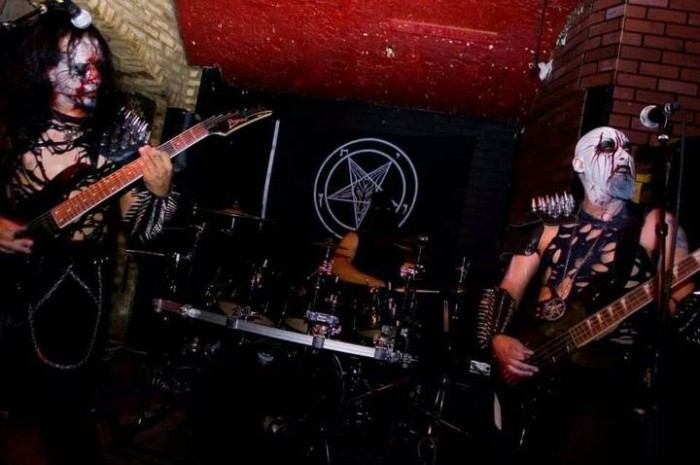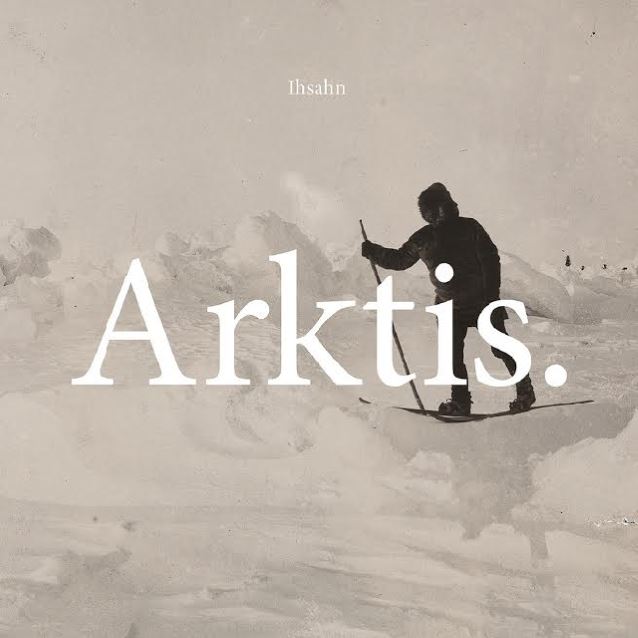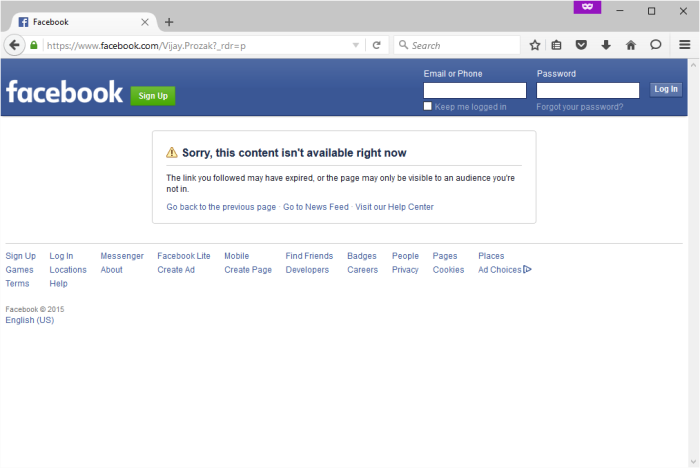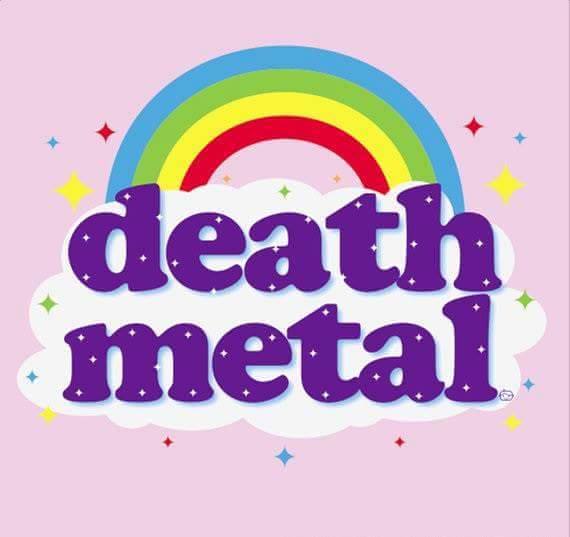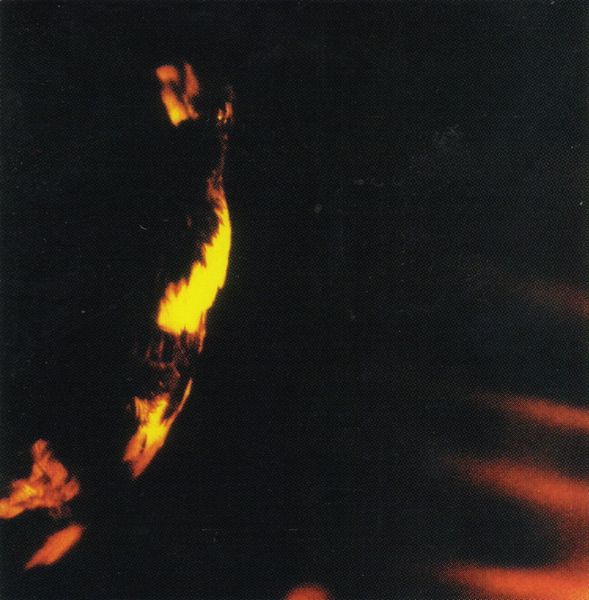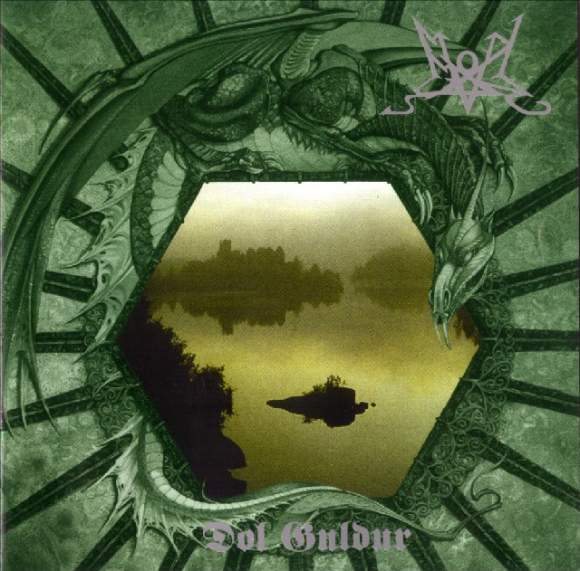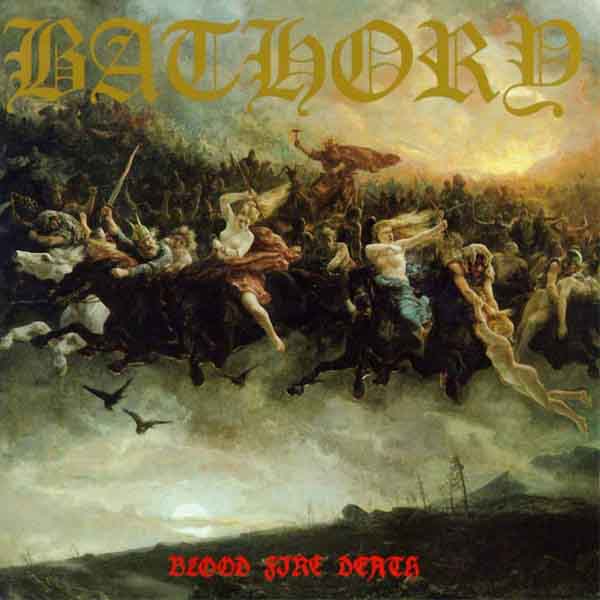
Despite being mostly in favor of the SJW infiltration of heavy metal, media sources sometimes reveal skepticism of this rigid mind-meld that is replacing quality metal with an inferior but politically-correct substitute. In fact, the political correctness is merely a method of inducing you to buy it because it has the right “message,” while ignoring the low artistic quality of the material as a whole.
But the SJWs don’t know that. They are not unique, having appeared first in the 1980s with a group that would not call itself politically-correct but acted the same way as today’s SJWs. As hardcore waned, local scenes arose in which people wanted to participate for social reasons: to be popular, find dates, have parties. Their music was not ground-breaking, so they took over with superior numbers, and used politics as a means of filtering out all other music. Thus they triumphed, and promptly made punk so boring it self-destructed in dissipation.
Today’s SJWs are not history students of hardcore punk or any other subject. Their goal is to make themselves important, and to seize control of a genre they think will give them social power, but they cannot replicate its greatness nor understand it, and so they are doomed to failure. What do they care, however — they will simply move on to the next genre, take it over, and have their five years of glory there too before covering up those tats and going to a cubicle job just like everyone else.
But doubt is spreading already. In an editorial over at Stereogum, Michael Nelson launches into the usual SJW rhetoric, and then does something really interesting. The article is a top 50 of metal of the year, but as is typical these days, it must editorialize. So he makes an introduction and then cuts to the real topic on his mind:
But mostly, more than ever before, metal found its very character scrutinized by a hyper-aware, politically divided public — a public largely informed by metrics-focused media outlets eager to weigh in on the issues of the day. This was a carryover from late 2014, when popular blogs like Metal Injection and Metalsucks ran essays with titles like “The Problem With Heavy Metal Is Metalheads: Stop Calling Everyone A Faggot” and “Why Is It Okay To Be Racist And Misogynistic About Babymetal?” And in 2015, the takes arrived on an almost daily basis, via articles like “Racism And Sexism In Heavy Metal Highlighted In New Study” and “Why Is The Convicted Murderer Of A Gay Man Being Celebrated At A Major Metal Festival?“
This past July, renowned metal journalist (and occasional Stereogum contributor) Adrien Begrand wrote a piece for Pop Matters titled “Some Talk, No Action,” putting the entire metal community on blast for failing to effectively flush out certain musicians whose art and/or actions seemed to suggest some form of bigotry or separatist ideology. Begrand called out by name such bands as Cobalt, Inquisition, Lord Mantis, and Bölzer, but he extended the indictment to include countless participants — primarily the media and fans who support (or fail to condemn) any artists who support (or fail to condemn) intolerant worldviews.
This is actually a good (albeit incomplete, but give him a break, he had two paragraphs) history of the explosion of #metalgate. In the late 1990s, the underground fizzled because it had no more greats to offer, and the imitators surged in. Since that time, record labels and hipsters have been trying to find a way to make rock and punk rock — which, unlike metal, which emphasizes transcending the individual, emphasize the importance of individual desires over attention to consequences — into a “metal flavored” form. This is an ideal product for local mediocre bands to make and labels to hype since anyone can do it so there can be a steady stream of profits. SJW-metal is just their tool of forcing everyone else out and taking over.
Nelson goes on to look into the chaos that followed Disma being accused of being horrible Nazis, and he pretty much beats the SJW tin drum here, but then, something interesting happens:
The last thing any of us here wants to do is give additional exposure to artists who peddle or preach hatred or intolerance. The other last thing we want to do is act as some Orwellian thought police slowly sanitizing metal by doling out oxygen only to those artists whose views reflect our own, whose actions meet our personal standards of acceptability. It’s easy enough to treat Burzum’s Varg Vikernes as a pariah: The guy is an enthusiastic, unrepentant bigot and a convicted murderer. (It helps, too, that he hasn’t released a decent album since 2011.) I often wonder, though, how the world would react to “Angel Of Death” or “Unsuccessfully Coping With The Natural Beauty Of Infidelity” if those songs were released today. This is dark music! It’s not supposed to be safe! It can be safe, but nobody ever got into this shit because it was safe; we got into it because it was scary and transgressive and primal. Who are we to make it safe?
Then again, who are we to promote art or artists fostering unsafe environments?
I’m not winding up for some big, poignant conclusion here, sadly. I’m leaving this as an ellipsis.
There’s a certain subtle brilliance in this. The whole point of this lengthy introduction was to get himself SJW cred, then point out that censorship is just like the totalitarian ideologies that SJWs claim to dislike. In fact, Nelson writes that it is even worse, since it is done in the name of good, and points out that many of metal’s classics would not pass this test. Then he leaves the question up to us, since he obviously cannot directly contradict the herd or they will amass and ruin his life (or a least get Stereogum to fire him, and then mob his Facebook account!).
SJW is still a potent movement because it gives power to the unmemorable by allowing them to take down people better than themselves. It gives a voice to the mediocre and a reason why their mediocrity should jump the line ahead of artistic superiority. Like all mass movements, it is a revolt against quality, with the pleasant notion that everyone will be equally important concealing the reality, which is that when everyone is the same nothing good can rise. Metal stands against that, and this is why SJWs target it. But the tide is turning even now.
11 CommentsTags: censorship, gamergate, metalgate, michael nelson, political correctness, sjws, stereogum

